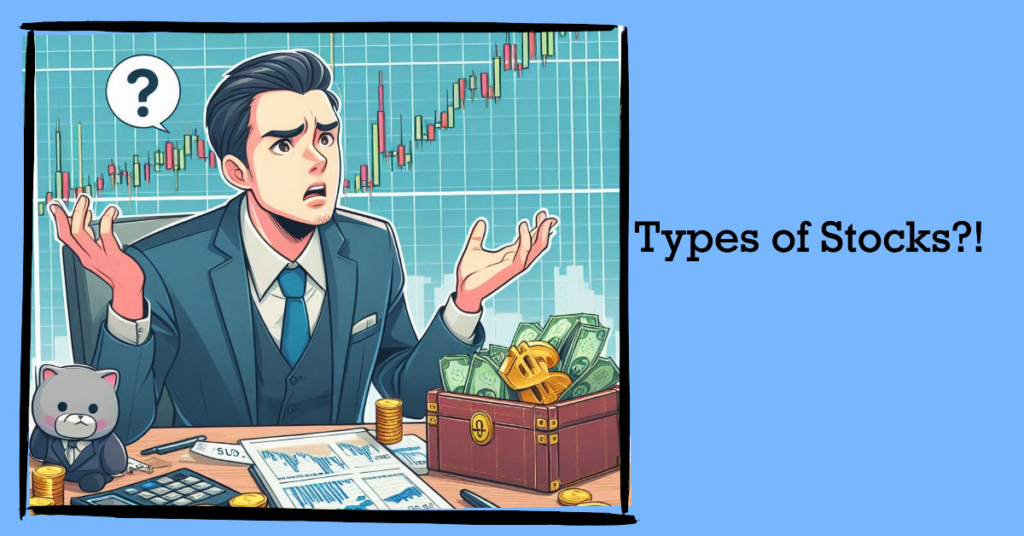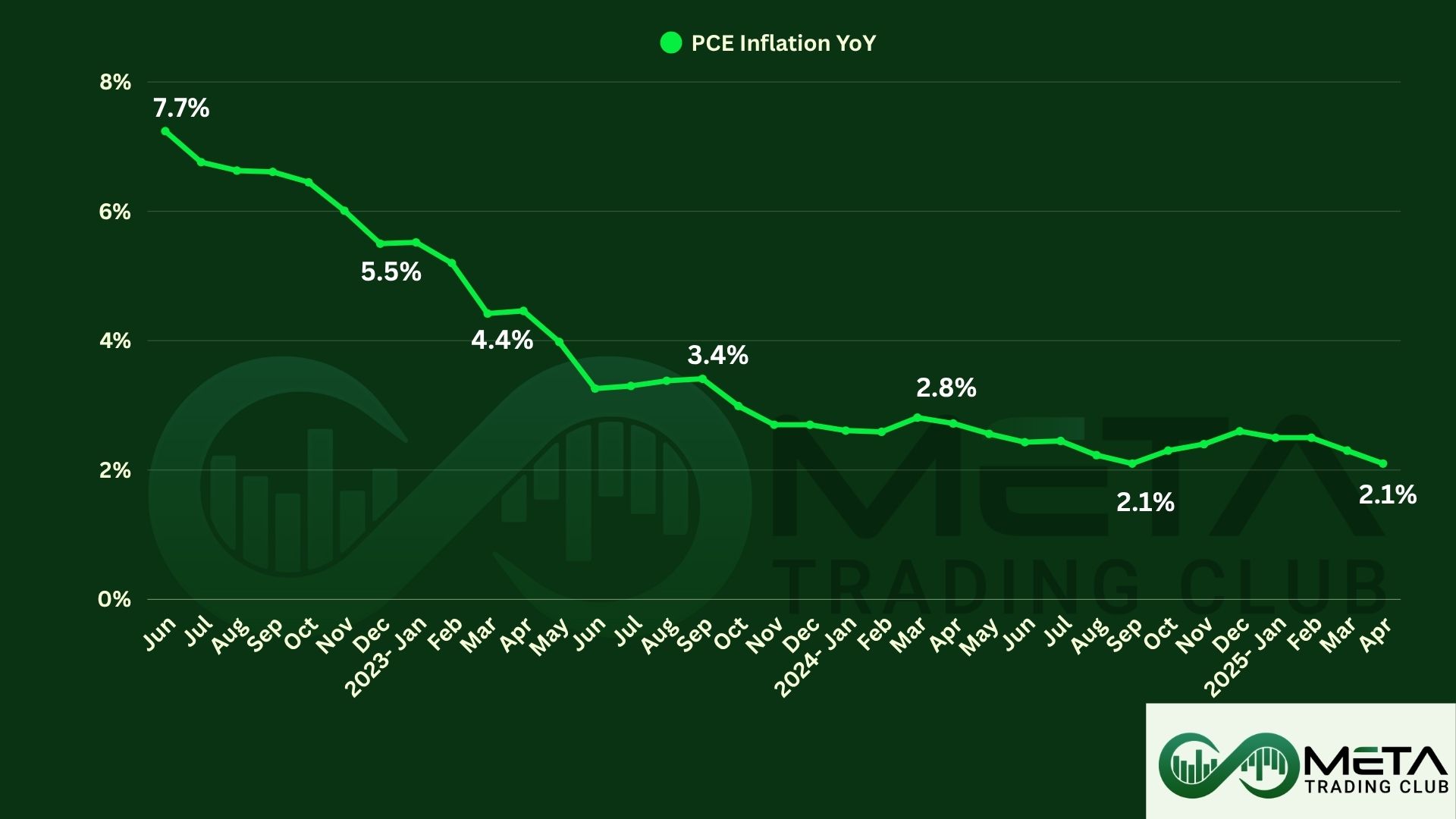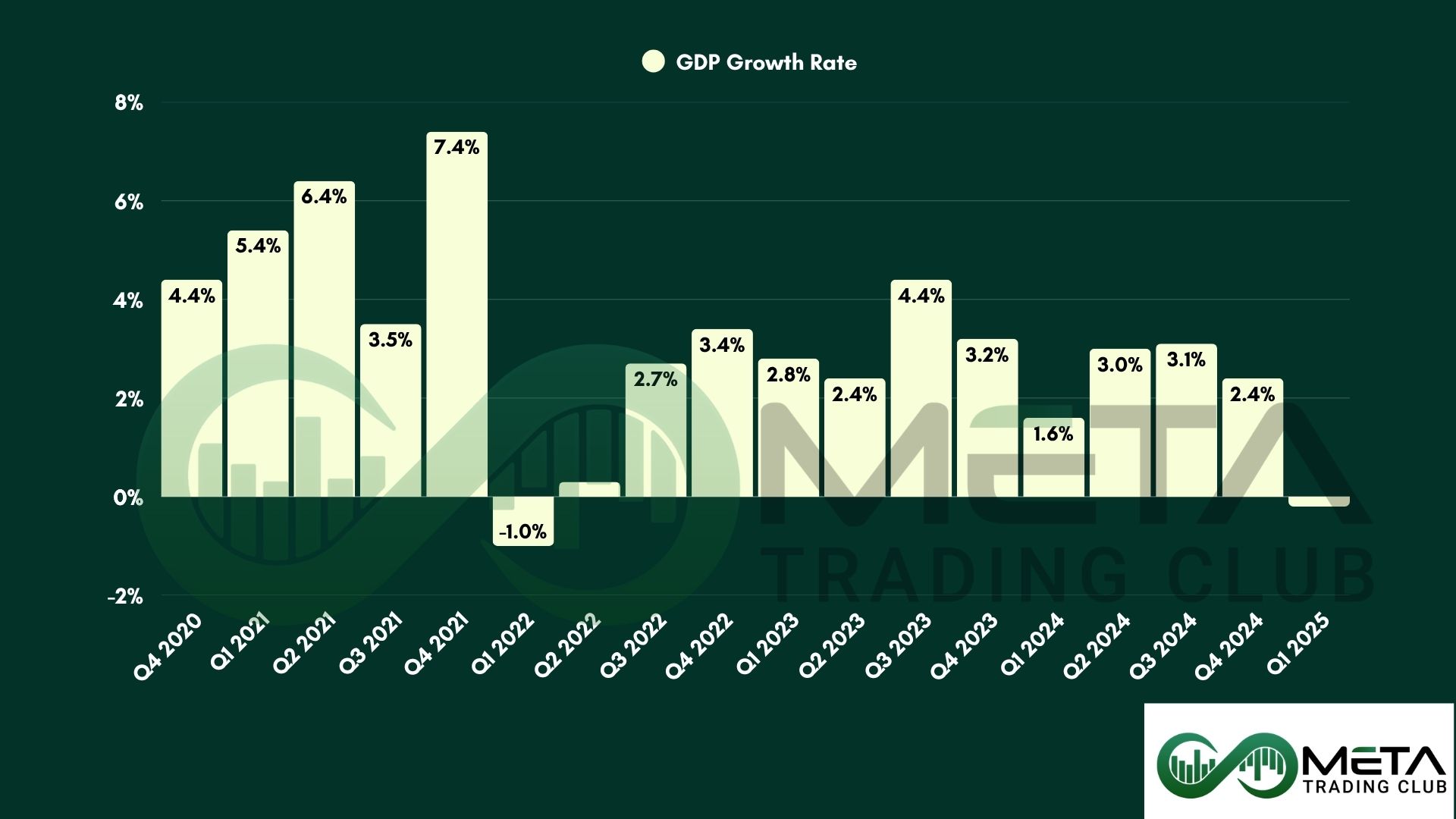Ever felt the itch to jump head first into the world of stocks? imagining yourself as the next Wolf of Wall Street? you know, minus the questionable ethics and over-the-top extravagance.
Or maybe you’ve wondered if you could turn your couch change into a small fortune while sipping coffee in your pajamas? Well, welcome to the fascinating and occasionally complex world of Stock Market, where nearly all newbies are on a quest to find their inner Leonardo DiCaprio.
Let’s break it down simple: stocks are like pieces of a company pie. Imagine you and your friends buy a pizza together. Each slice you hold is a share of that pizza, and the more slices you have, the bigger your say in what toppings go on.
In the stock market, buying a share of a company means you own a tiny part of it. So, when the company does well, your share (slice of the pie) becomes more valuable. Simple, right? Now, don’t go trying to trade actual pizza slices on Wall Street (come to think of it, It’s actually not that bad of an idea!)
In this guide, we aim to prepare you for a jump from zero to stock market hero. Whether you’re looking to understand the basics or wondering how people seem to get so excited about numbers on a screen, we’ve got you covered.
Table of Contents
What is the Stock Market?
The stock market is a complex network where buyers and sellers trade shares of publicly held companies. These shares represent fractional ownership in a company, and their prices fluctuate based on supply and demand, company performance, and broader economic factors.
Essentially, the stock market functions as a marketplace where investors can buy and sell ownership stakes in companies, allowing them to potentially profit from the companies’ successes or suffer from their downturns.
Major stock exchanges like the New York Stock Exchange (NYSE) and the National Association of Securities Dealers Automated Quotations (NASDAQ) facilitate these trades, providing a regulated environment that ensures fair and transparent transactions.

History of Stock Market
The concept of the stock market and shared ownership began in the 17th century with the establishment of the Amsterdam Stock Exchange. The Dutch East India Company was the first to offer shares of its business to the public, allowing investors to buy into the company and share in its profits.
This revolutionary idea of shared ownership allowed businesses to raise capital from a large pool of investors and spread the financial risk, laying the groundwork for modern stock markets around the world. Today, this system enables companies to fund their growth while offering investors the opportunity to participate in their financial success.
18th and 19th Centuries
Expansion and Speculation During the 18th and 19th centuries, the stock market began to take on its modern shape. The London Stock Exchange was founded in 1801, and the New York Stock Exchange was established in 1817. This period saw the rise of industrialization and the expansion of the railroad, which fueled economic growth and stock market speculation.
20th Century
Booms and Crashes The 20th century was marked by significant events that shaped the stock market. The 1929 stock market crash led to the Great Depression, and the subsequent establishment of the Securities and Exchange Commission (SEC) in 1934 aimed to restore investor confidence.

In the Post WWII era, the market experienced a prolonged bull run, only to be interrupted by crashes in 1987 and the dot-com bubble burst in 2000.
Dot-com Crash
The dot-com crash is interesting in particular, imagine the internet as a teenager who just discovered makeup, every company slapped a “.com” at the end of their name and suddenly looked like a million bucks, or in this case, billions. (Sounds familiar?)
Investors were throwing money at anything with a website, convinced it would be the next big thing. It was a digital gold rush, where the gold was as real as Santa Claus.
Companies with no profits, no plans, and sometimes no products were commanding stock prices that made the GDP (Gross Domestic Product) of small countries look like pocket change.
Then came the realization, like waking up from a Vegas wedding to find you’ve married a cardboard cutout. The profits weren’t coming. The business models were as solid as butter under the Texas sun. And those high-flying stocks? They found a strong resistance level at zero dollar price point.
In the end, the dot-com bubble taught us all a valuable lesson: if it looks too good to be true, it probably is, and not every kid with a website is going to be the next Einstein of the business world. But hey, it’s not like it’s gonna happen again right?(Asks with optimistic crypto noises)
21st Century
Technology and Globalization, the advent of technology has revolutionized the stock market with electronic trading and global interconnectedness. The early 21st century saw the rise of emerging markets and the influence of the internet on trading and information expansion. The 2008 financial crisis brought about significant regulatory changes and highlighted the complexities of modern financial instruments.
In the year after, cryptocurrencies emerged as a new asset class. Starting with Bitcoin in 2009, the crypto market has grown exponentially, introducing concepts like blockchain and decentralized finance, which challenge traditional financial systems.
Regardless of the century, If you ever engage in a conversation with a market savvy individual, you might assume they are cold-blooded reptiles disguised as humans talking their alien dialect. However, that probably is not true … probably!

Stock Market Terminology
To understand how the stock market works, every beginner must first familiarize themselves with the terminology. Like every field, the stock market comes with its own unique set of jargon that can seem as alien as learning a new language.
Think of it as the secret handshake of the financial world. Without it, you might find yourself nodding along in confusion at terms like “bull market” and “bear market,” wondering why everyone is suddenly obsessed with zoology. But fear not, once you get the hang of these terms, you’ll be speaking the stock market lingo like a pro.
Stock: A type of security that signifies ownership in a corporation and represents a claim on part of the corporation’s assets and earnings.
Share: A single unit of stock. When you own shares, you own a portion of the company.
Exchange: A marketplace where stocks are bought and sold. Examples include the New York Stock Exchange (NYSE) and Nasdaq.
Broker: A person or firm that arranges transactions between a buyer and a seller for a commission.
Bull Market: A period during which stock prices are rising or are expected to rise.
Bear Market: A period during which stock prices are falling or are expected to fall.
Dividend: A portion of a company’s earnings distributed to shareholders, usually in the form of cash or additional shares.
Portfolio: A collection of financial investments like stocks, bonds, commodities, cash, and cash equivalents.
Market Capitalization (Market Cap): The total value of a company’s outstanding shares, calculated by multiplying the current share price by the total number of outstanding shares.
IPO (Initial Public Offering): The process by which a private company offers shares to the public for the first time.
Blue Chip Stock: Shares in large, well-established, and financially sound companies with a history of reliable performance.
Volume: The number of shares traded during a given period.
Bid Price: The highest price a buyer is willing to pay for a stock.
Ask Price: The lowest price a seller is willing to accept for a stock.
Spread: The difference between the bid price and the ask price.
Volatility: The degree of variation of a trading price series over time, measured by the standard deviation of returns.
Index: A statistical measure of changes in a portfolio of stocks representing a portion of the overall market (e.g., S&P 500, Dow Jones Industrial Average).
Yield: The income return on an investment, such as the interest or dividends received, expressed as a percentage of the investment’s cost or current market value.
Capital Gain: The profit earned from the sale of an asset, such as a stock, when the selling price exceeds the purchase price.

How Does the Stock Market Work?
Imagine the stock market as a grand bazaar for investments, where everyday people and companies converge to trade shares. It’s a place where businesses seek investment to flourish and where savvy individuals can grow their savings. it’s not all sunshine and roses though, as Casey Stengel said: “Without losers, where would the winners be?”
The market is turbulent, it experiences ups and downs continuously. Those who buy low and sell high will be winners, and those who don’t, either bash their heads to a wall with greed or lose money and punch it with grief. However, as implied in the movie Wolf of Wall street, there are players who always win, the brokers.
In your trading journey, you will “Broker” every step of the way. Brokers don’t do magic, they simply facilitate trades between buyers and sellers. Whether you tend to be a stock trader or an investor, you’ll have to deal with brokers all the time. Hence, it is of utmost importance to first properly search, filter and choose your ultimate stock broker.
Types of Stocks
Understanding the different types of stocks is like knowing the ingredients in your investment smoothie. Just as you wouldn’t toss random fruits into a blender and hope for a gourmet taste, you can’t just pick stocks at random and expect a profitable portfolio.
Each stock type, from common to preferred, growth to value, and beyond, brings its own flavor to the mix, and knowing the recipe can mean the difference between a delicious financial future and a bland one. Let’s begin shall we?
Common Stocks:
Common stock represents ownership in a company and entitles shareholders to voting rights on corporate matters, such as electing the board of directors. Shareholders may receive dividends, which are not guaranteed and can fluctuate based on the company’s performance. Common stockholders are last in line during bankruptcy proceedings, receiving assets only after debt holders and preferred shareholders are paid.
Common Stocks examples: Apple Inc. (AAPL), Microsoft Corporation (MSFT), and Amazon.com Inc. (AMZN)
Preferred Stocks:
Preferred stock also represents ownership in a company but typically does not come with voting rights. However, preferred shareholders receive dividends at a fixed rate and have a higher claim on assets than common shareholders in the event of bankruptcy. Dividends for preferred stock are usually paid out before those of common stock.
Preferred Stocks examples: Bank of America Corp. Preferred Stock (BAC-PL), and Ford Motor Co. Preferred Stock (F-P)
Growth Stocks:
Growth stocks are shares in companies expected to grow at an above-average rate compared to other companies, hence the name. These companies typically reinvest earnings to fuel further growth rather than paying dividends. Investors buy growth stocks anticipating capital appreciation and minimal to no yields. Typically, during periods of economic growth and when interest rates remain on the lower end, growth stocks are often observed to have superior performance.
Growth Stocks examples: Tesla Inc. (TSLA), Netflix Inc. (NFLX), and Shopify Inc. (SHOP)
Value Stocks:
Value stocks are shares in companies that appear to be undervalued based on fundamental analysis. These stocks typically have lower price-to-earnings ratios and higher dividend yields. Investors buy value stocks hoping the market will recognize their true value, leading to price appreciation.
Value Stocks examples: Johnson & Johnson (JNJ), Procter & Gamble Co. (PG), and Berkshire Hathaway Inc. (BRK.B)
Income Stocks:
Income stocks are shares in companies known for paying consistent and high dividends. These stocks are attractive to investors seeking a steady income stream rather than capital gains. Income stocks are often found in stable and mature industries.
Income Stocks examples: AT&T Inc. (T), Coca-Cola Co. (KO), and ExxonMobil Corp. (XOM)
Blue-Chip Stocks:
Blue-chip stocks are shares in large, reputable, and financially sound companies with a history of reliable performance. These companies are leaders in their industries, often pay regular dividends, and are considered relatively safe investments.
Blue-Chip Stocks examples: IBM Corp. (IBM), Walt Disney Co. (DIS), and McDonald’s Corp. (MCD)

Cyclical Stocks:
Cyclical stocks are shares in companies whose performance is closely tied to the economic cycle. These stocks tend to do well during economic expansions and poorly during recessions. Industries like automotive, luxury goods, and travel are typically cyclical.
Cyclical Stocks examples: General Motors Co. (GM), Boeing Co. (BA), and Marriott International Inc. (MAR)
Non-Cyclical Stocks:
Non-cyclical stocks are shares in companies that produce goods and services with steady demand regardless of the economic cycle. Stocks in non-cyclical sectors are considered to be “recession-proof,” maintaining stable performance regardless of economic fluctuations.
These stocks typically surpass their cyclical counterparts during economic downturns or recessions, thanks to the steady demand for their fundamental goods and services.
Non-Cyclical Stocks examples: The Vanguard Consumer Staples ETF (VDC), Florida Public Utilities Co.(FPU), and PepsiCo Inc. (PEP).
Defensive Stocks:
Defensive stocks are shares in companies that provide essential goods and services, such as utilities, healthcare, and consumer staples. These stocks tend to remain stable or even perform well during economic downturns because demand for their products remains constant.
A defensive stock can also fall into the categories of value, income, non-cyclical, or blue-chip stocks. These stocks are less prone to bankruptcy due to their capability to generate steady returns even during economic downturns.
Defensive Stocks examples: Telecommunications giant Verizon (VZ), healthcare multinational Cardinal Health Inc. (CAH), and Pfizer Inc. (PFE).
IPO Stocks:
IPO (Initial Public Offering) stocks are shares in companies that are being offered to the public for the first time. Investing in IPO stocks can be risky because the companies often lack a trading history, but they also offer the potential for significant returns if the company performs well.
Shares from an Initial Public Offering (IPO) are often distributed at a reduced price prior to the company’s listing on an exchange. Additionally, these shares might be subject to a vesting period to deter investors from offloading their entire holdings as soon as trading begins.
The phrase “IPO stocks” is also commonly used by analysts to describe stocks that have recently entered the market. If you are into tracking the upcoming IPOs, some websites like Nasdaq website, can provide vital info for you.
IPO Stocks examples: Airbnb Inc. (ABNB), DoorDash Inc. (DASH), and Snowflake Inc. (SNOW)
Penny Stocks:
Penny stocks are shares in small companies that typically trade for less than $5 per share. These stocks are often traded over-the-counter (OTC) and are known for their high volatility and risk. Penny stocks can offer substantial gains, but they also come with a higher risk of loss.
Penny Stocks examples: Helios and Matheson Analytics Inc. (HMNY), Sundial Growers Inc. (SNDL), and Zomedica Corp. (ZOM)
ESG Stocks:
ESG (Environmental, Social, and Governance) stocks are shares in companies that prioritize eco-friendliness and ethical practices in their operations. These companies focus on factors such as environmental protection, social responsibility, and good governance. ESG investing has gained popularity as investors increasingly consider the impact of their investments.
ESG Stocks examples: Tesla Inc. (TSLA), NextEra Energy Inc. (NEE), and Unilever PLC (UL).
Overview of Stock Market
In this article, we’ve equipped you with the absolute basics of the stock market. We began with a brief history, exploring the ups and downs from the East India Company to the Great Depression, the dot-com crash, and the modern stock market.
After our brief time travel to the past, we emphasized that the stock market isn’t all sunshine and roses, for every win, there must be a losing side. We covered essential stock terminology before diving into the various types of stocks, giving you an overview of what you might encounter as a stock investor/trader.
Although stocks are often categorized based on behavior or characteristics, other sources group stocks by sectors such as Energy, Utility, Tech, and more. Now that you know the basics, you’re ready to tackle more complex and advanced matters.
If you’re serious about your financial future and want to successfully trade stocks, we encourage you to book a Free discovery call with us. Let us guide you on the right path, which might be quite different from the path of The Wolf of Wall Street.
FAQ
- How Stock Market Works?
The Stock Market is a network where shares are bought and sold. Companies raise capital, and investors buy shared ownership, hoping for profit through price appreciation or dividends. - Can Stock Market Make You Rich?
Yes, with strategic investments and time, the stock market can significantly increase wealth. However, like any other wealth creation method it requires proper education, sufficient training and experience. - What does a Stock Broker do?
A stock broker executes buy and sell orders for stocks and other securities on behalf of clients. Some brokers also provide investment/trading advice and market research. - What are the Best Types of Stocks to Invest in?
To a great extent, the best types of stocks depend on your financial goals, risk tolerance, and investment strategy, typically including blue-chip, growth, value, and income stocks. It is usually suggested to avoid Penny stocks due to the higher risk involved. - What Types of Stocks are there?
The most common classification of stock types include common and preferred, growth and value, income, blue-chip, cyclical and non-cyclical, defensive, IPO, penny, and ESG stocks.









